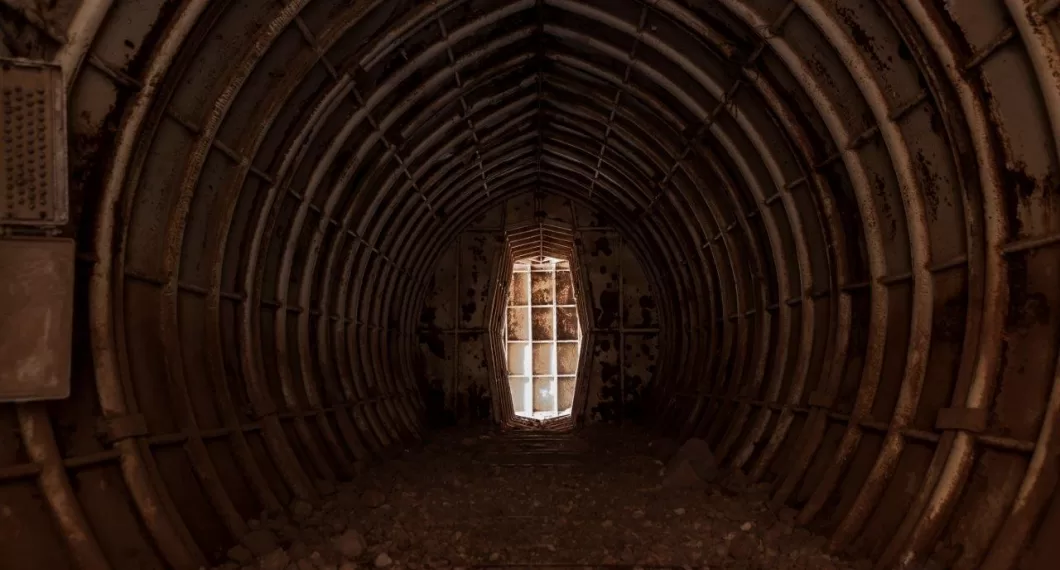There’s no substantial evidence to support the claim that a granite bunker where Adolf Hitler spent time emitted radiation that led to his cancer. Hitler’s health has been a subject of historical debate, with various theories suggesting different causes for his health issues.
Hitler did spend significant time in the Wolf’s Lair, a heavily fortified military headquarters in East Prussia (now Poland), during World War II. However, attributing his health problems or cancer specifically to radiation exposure from granite in the bunker lacks concrete evidence and scientific basis.
Bunker Construction Summary
The Wolf’s Lair bunker was constructed using concrete and steel-reinforced walls, not granite. While granite can contain trace amounts of naturally occurring radioactive elements like uranium, thorium, and potassium, these emissions are usually minimal and not considered harmful to health in typical exposure scenarios.
Hitler’s health issues have been linked to various factors, including stress, drug abuse (specifically related to the use of medications by his personal physician), genetics, and possible mental health conditions, but there’s no credible evidence linking his health problems to radiation from a granite bunker.
Regarding Hitler’s health and the bunker he inhabited during World War II:
Wolf’s Lair (Wolfsschanze)
This was one of Hitler’s main military headquarters. It was a complex of bunkers located in present-day Poland. Constructed from 1940 to 1941, it consisted of numerous reinforced concrete bunkers, not predominantly made from granite.

Health Problems: Hitler had various health issues throughout his life. His personal physician, Dr. Theodor Morell, administered several medications to him, some of which contained toxic substances. There are theories that his health problems were exacerbated by stress, drug dependency, Parkinson’s disease, or syphilis, but there is no conclusive evidence to support any single cause.
Exposure to Toxins: Some theories suggest that Hitler’s health issues might have been related to exposure to toxic elements present in various substances he was exposed to, including medications, chemicals, or even gas used during the war.
Radiation and Granite: While granite can contain trace amounts of radioactive elements like uranium and thorium, these emissions are typically very low and not harmful under normal circumstances. There is no verifiable evidence suggesting that Hitler’s health problems, including cancer, were caused by radiation from granite or any other sources within the bunker.
Lack of Concrete Evidence: Hitler’s medical records and detailed health history have been a subject of historical inquiry and debate. However, due to the lack of comprehensive medical records and the regime’s secrecy, it’s challenging to confirm precise details about his health issues.
Historical Investigations: Historians and medical experts continue to study Hitler’s health to understand the impact of his health on his decision-making. However, reaching definitive conclusions about his health issues and their causes remains elusive due to limited available evidence.
It’s important to approach historical claims with caution, especially when linking health issues to specific environmental factors such as radiation from granite bunkers. Much of Hitler’s health history remains speculative due to incomplete documentation and conflicting accounts from those close to him.






